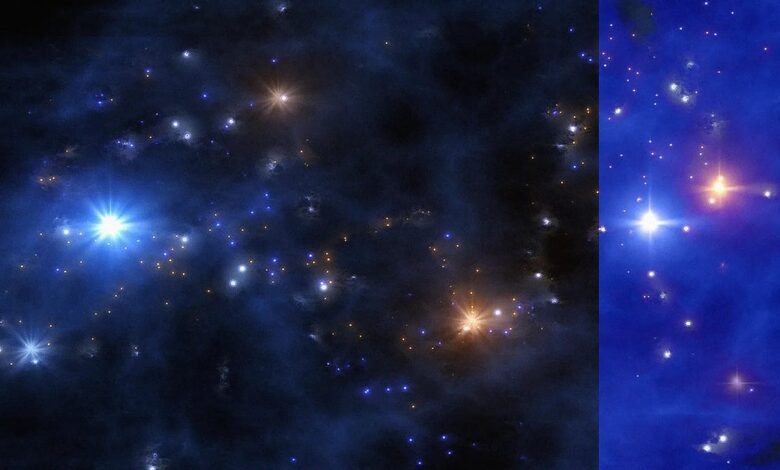Ask Ethan: What are the “first stars” in the Universe? | by Ethan Siegel | Starts With A Bang! | Jun, 2025

If the Universe is 13.8 billion years old today, but different ages the farther we look back, what does it mean for a star to be the first?
In our physical Universe, there’s always an order in which things happen. The Sun, Earth, and the rest of our Solar System all formed at one particular moment in time: around 4.5 billion years ago, right here in our own Milky Way. When we look at our Sun in detail, however, we find that it contains a large percentage of heavy elements: about 1–2% of the Sun is composed of elements that could only have been forged in previous generations of stars. Our Universe, however, is an impressive 13.8 billion years old: fully three times as old as the Sun. If we could rewind the clock back closer to the initiation of the hot Big Bang, we would find that stars existed for most of that time, but were more pristine, less evolved, and contained fewer heavier elements.
At some point, in this imaginary time-running-backwards scenario, we would encounter something remarkable: the very first stars of all to form in cosmic history. If we were to go back earlier than that, we would find no stars at all, just neutral atoms, and before that, even more primitive states of matter. But what would finding the first stars…
Source link


